Family: Fabaceae
Common name: Scotch broom
E-flora BC: https://linnet.geog.ubc.ca/Atlas/Atlas.aspx?sciname=Cytisus%20scoparius
Wikipedia: https://en.wikipedia.org/wiki/Cytisus_scoparius
Scotch broom is one of our most aggressive invasive species on Vancouver Island. It is tremendously abundant and can be seen in sunny exposed sites along our roads and highways, and infiltrating fragile meadow ecosystems and open forests. It is a pioneer species that rapidly takes over disturbed sites, precluding native species from establishing.
Like our native red alder (Alnus rubra), Scotch broom has a symbiotic relationship with a type of nitrogen-fixing bacteria, in broom’s case Rhizobia. Most members of the pea family (Family Fabaceae), to which broom belongs, form symbiotic relationships with nitrogen-fixing Rhizobia – this is the basis for using different legumes (peas, beans, lentils, etc) as part of crop rotations to enrich agricultural soil with biologically available nitrogen. In our discussion of red alder, we pointed out that this plant, in symbiosis with Frankia, helps the surrounding ecosystem by enriching it with bioavailable nitrogen, the situation is more complicated with Scotch broom. While red alder is an integrated part of the native ecosystem, Scotch broom simply outcompetes and replaces native plant species.
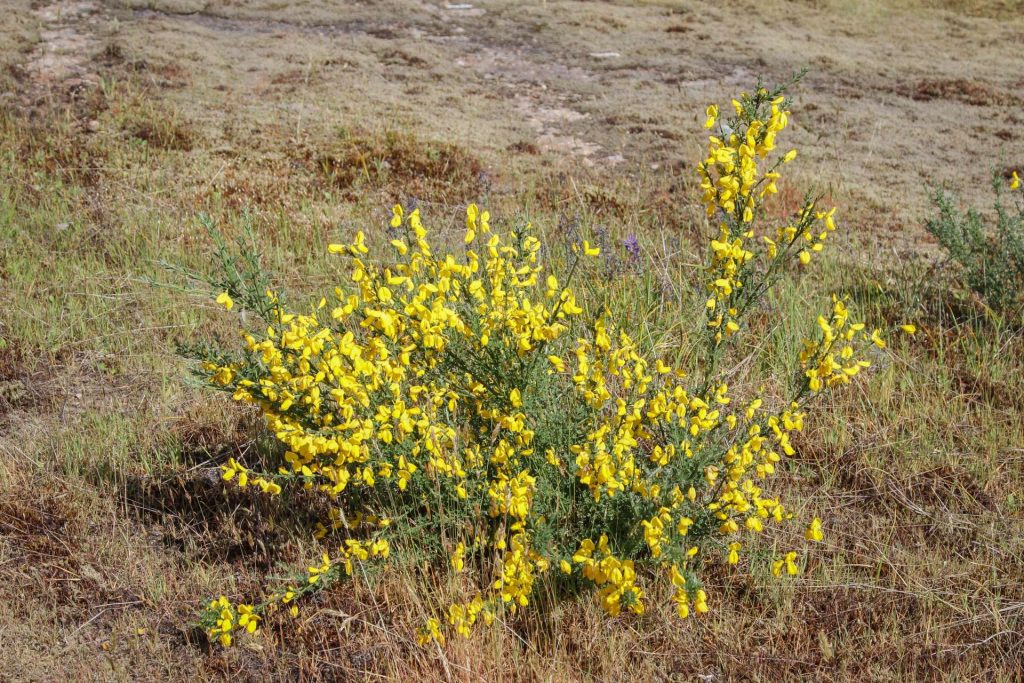
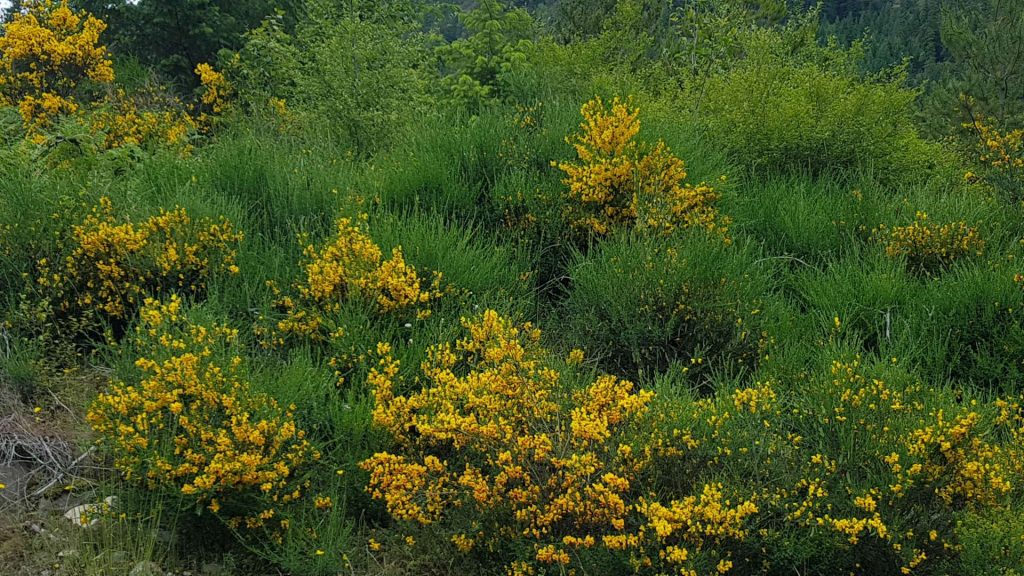
Scotch broom is highly drought tolerant, allowing it to survive our dry summers. It can also photosynthesise at low temperatures, which allows it to grow and add biomass during our mild winters.

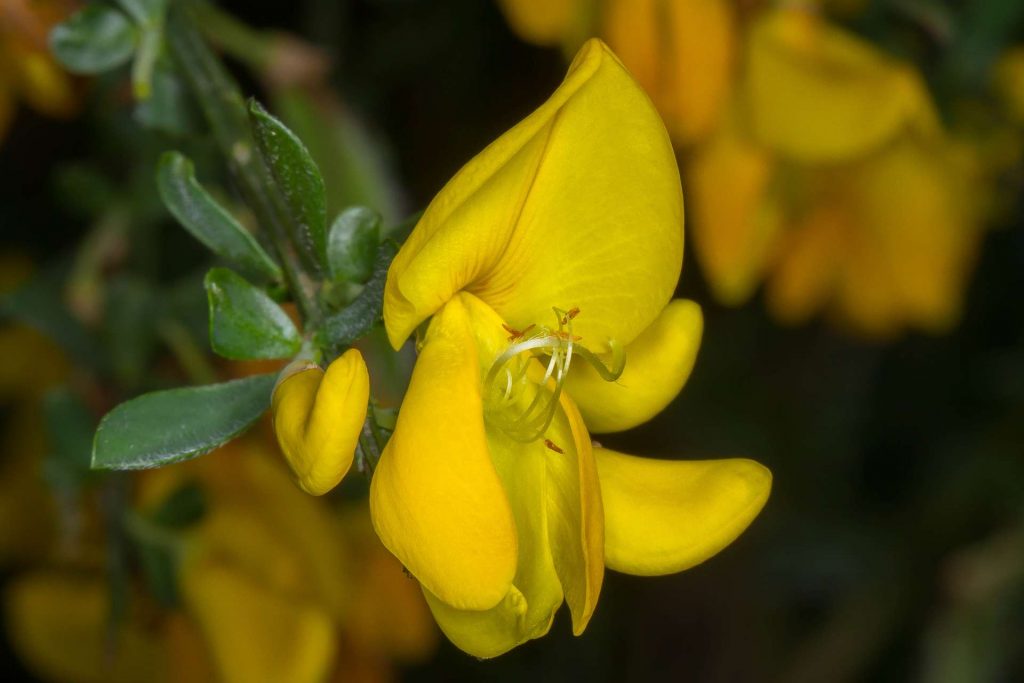
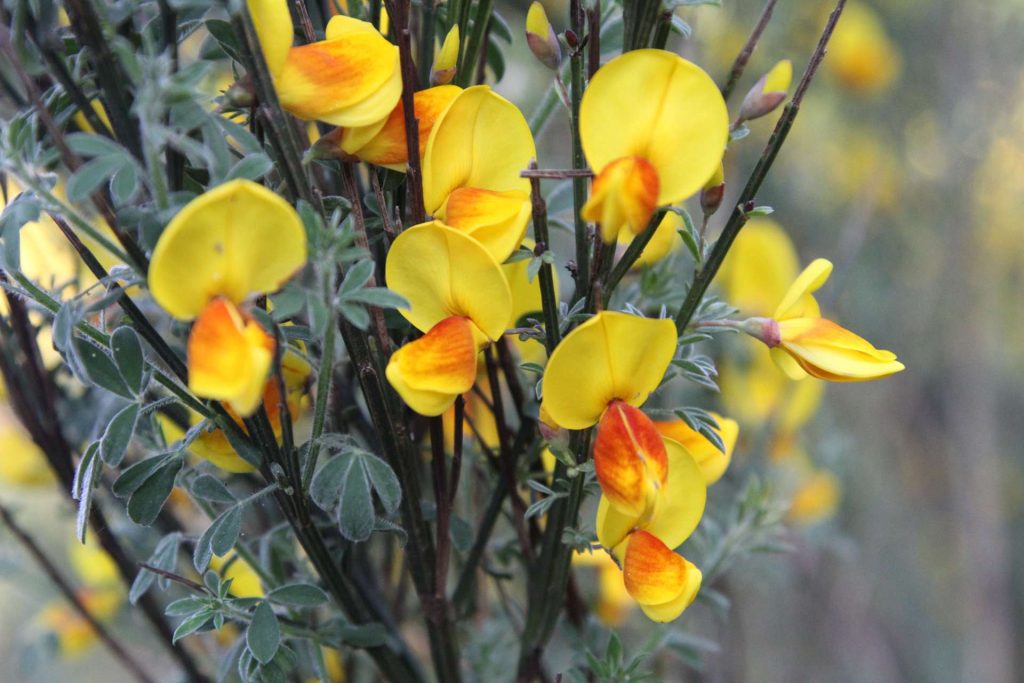
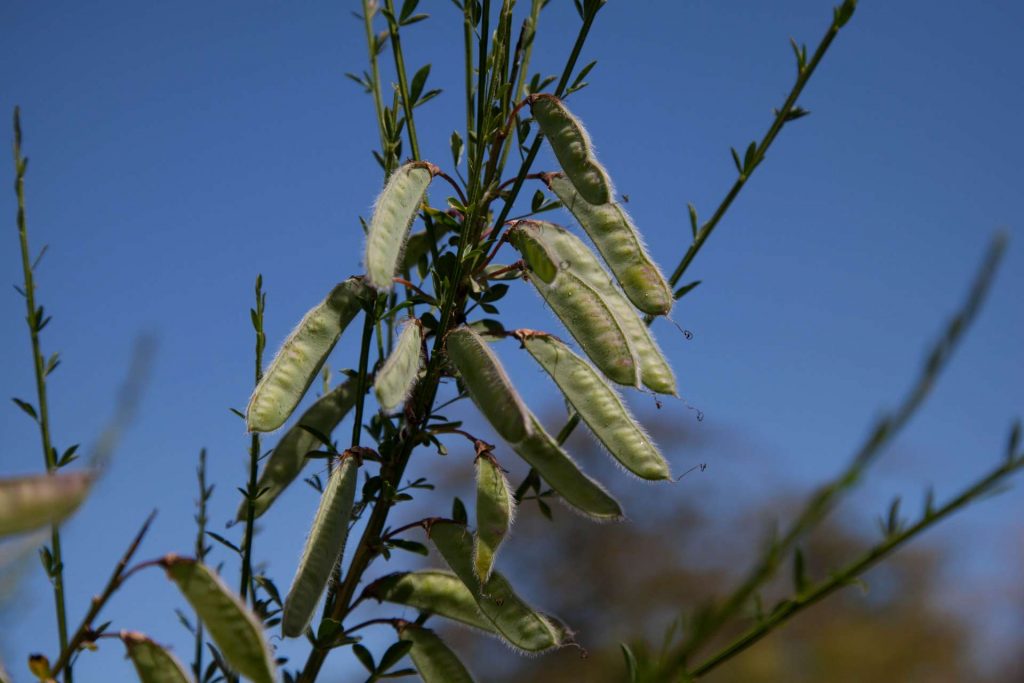
If you’d like to contribute to conservation and restoration of native flora (and by extension, fauna) – then join other citizens in ‘Broom Busting’ work parties to remove Scotch broom from ecologically sensitive and valuable areas (e.g. Harewood Plains, Pipers Lagoon, Neck Point and many other sites in Nanaimo). You can search for Broom Busters online to find work parties, or contact the City to find other volunteer groups to join.
